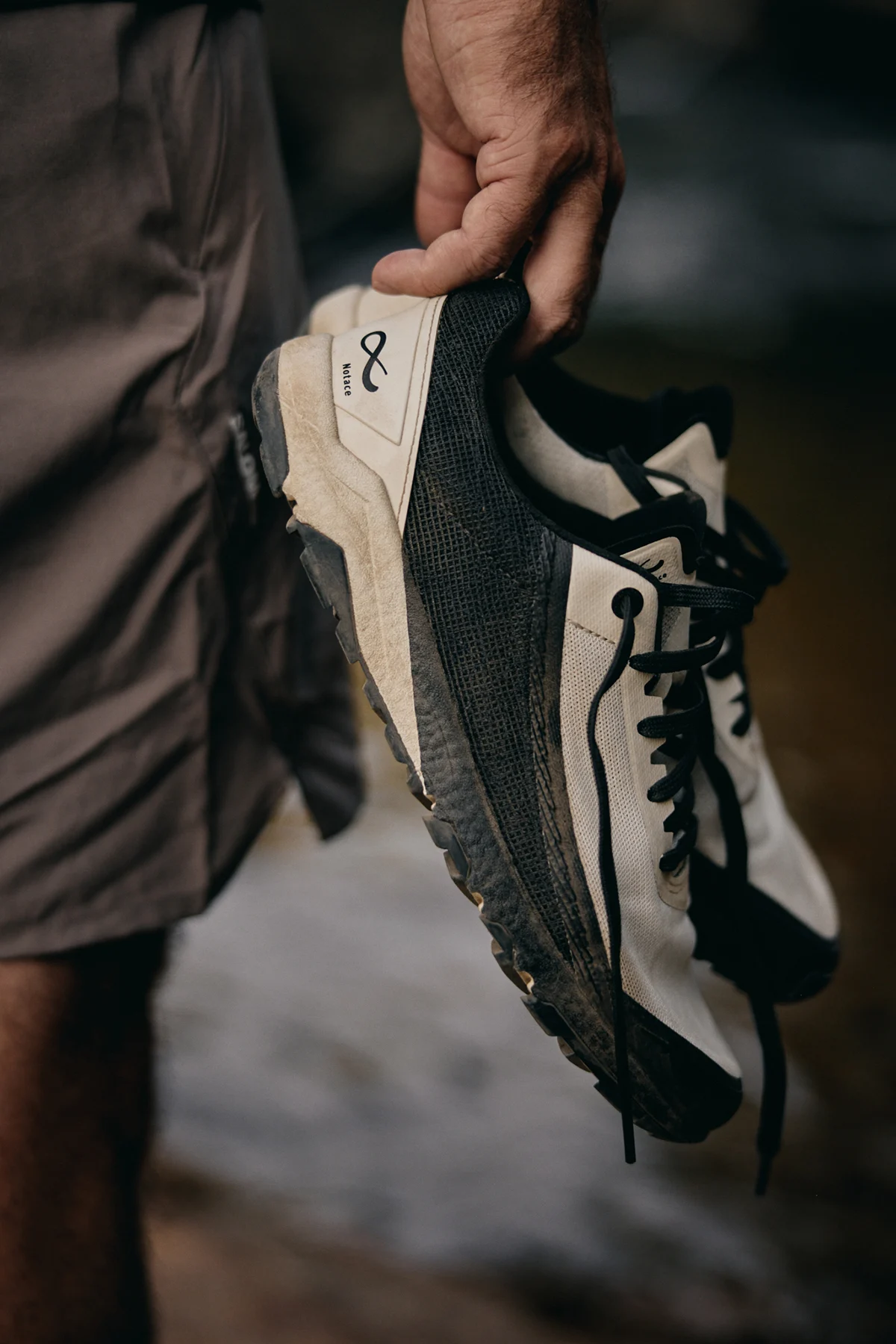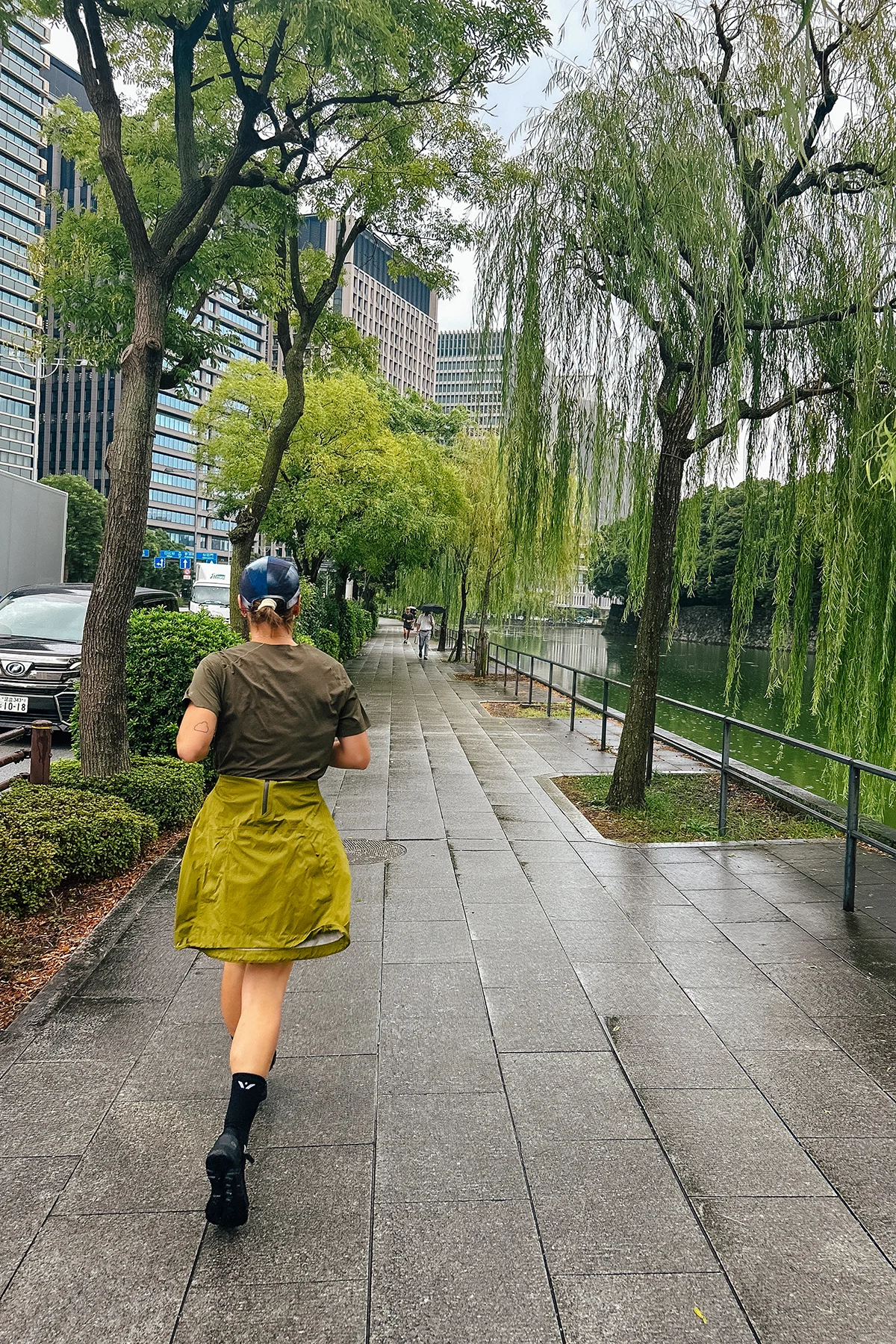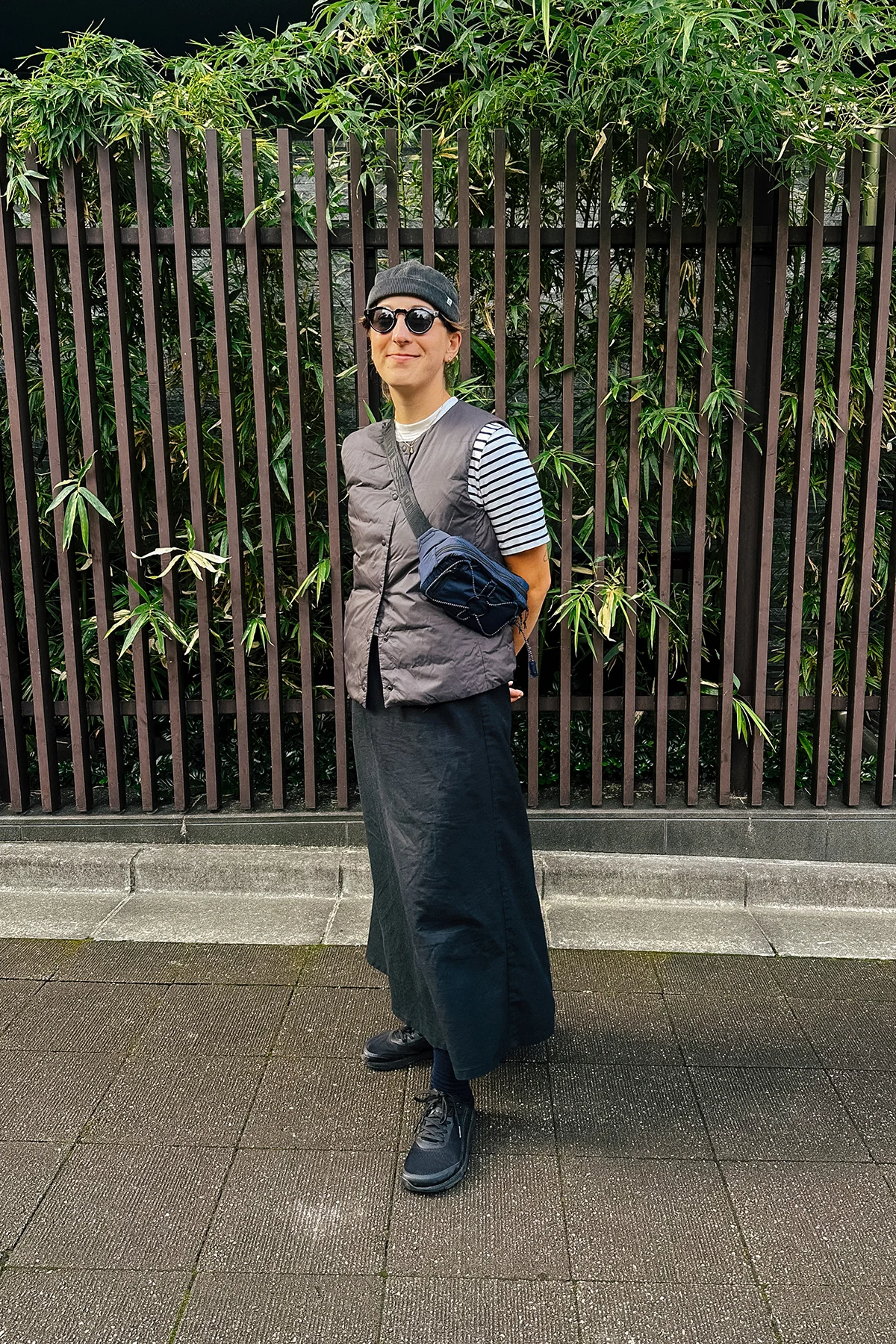Notace Yama T1 Specs
Weight: 7.5 oz (men’s size 9, women’s size 10.5)
Heel-to-Toe Drop: 0 mm
Stack Height: 15 mm (including 3 mm lugs)
Key Features: Super flexible eTPU foam, wide toe box and natural footshape, angled lugs
Pros:
- Versatile
- Lightweight
- Wide toe box doesn't look goofy
Cons:
- Too minimalist for some
- Expensive for a niche shoe
Price: $180
Footwear designer Cedric Scotto will be the first to admit that the last thing we need is another running shoe brand. Then again, most of today’s running shoes fall into two extremes, he says. On one end: ultra-cushioned or carbon-plated models that do all the work for you. On the other: barefoot shoes that do none. But what if you prefer something in the middle?
To bridge the gap, French-born Scotto launched Notace (pronounced “notice”), a natural footwear brand built around the idea that shoes should protect and support your foot as it moves, not replace its mechanics entirely. He noticed that highly cushioned, structured shoes provide so much stabilization that the foot forgets how to work over time. That comfort can sacrifice strength, balance, and mobility—the very things that make movement feel effortless.
Notace’s first shoe is the Yama T1, designed primarily for trail running with a wide toe box for proper foot alignment and natural form. Over the next few months, the company will add a road running shoe and a court shoe for racquet sports like tennis and pickleball to its lineup.

Photo courtesy Notace
Building a Shoe Brand on Less, Not More
In contrast with today’s technology-forward and feature-loaded footwear, Notace’s approach is noticeably minimalist and simple. The Yama T1 trail shoe comes in either black or black and white. Stack height is low. Heel-to-toe drop is zero. Lugs are relatively neutral at 3mm. The silhouette is basic. You wouldn’t peg the shoe as destined for either the Olympics or Paris Fashion Week. It isn’t a showstopper. But that’s the whole point, Scotto said. They are designed to disappear.
“If you think about what you have on your feet, then something is wrong,” he said.
The more embellishments on a shoe, he believes, the easier it is to convince people that it’s a performance shoe. The less features you add, the more people doubt it. But by stripping away the nonessentials, Scotto is challenging himself to focus on only the most important aspects. This minimalist approach aligns with Scotto’s values and the Japanese values of craftsmanship, attention to detail, and functional beauty—which makes sense as Notace’s development team is in Japan and two of its silent partners are Japanese. The country is notoriously excellent at balancing form with function as well as adapting one item for multiple uses.
While the Yama T1 is designed for the trail, it’s not so aggressive that you can’t wear it in the city. And the same ethics will apply to Notace's future models. “It’s very multipurpose,” Scotto said. “A lot of athletic shoes end up as everyday shoes anyway so why not make it easier on people to wear it?”

The author testing the Notace Yama T1 | Photo by Amelia Arvesen
Testing the Notace Yama T1
This was the main reason I packed the Yama T1 for my 10-day trip to Japan at the end of September. I had tried them on to ensure they fit but never spent a day in them before I tucked the pair into my suitcase—a risky gamble for the sake of research and hopefully not at the expense of triggering my plantar fasciitis. I only brought one other pair of shoes as backup.
Minimalist Style
Right out of the box, I favored their weightlessness and packability over my heavier and thicker (albeit comfy) Hokas or Nordas. I also liked that the all-black pair with minimal branding blended in with the rest of my neutral wardrobe, making them an easy choice to wear to temples and tea houses, and on trails through botanical gardens or sidewalks leading to late-night ramen.
My favorite outfit formulas for the Yama T1s included wearing them with a handmade black skirt, striped T-shirt, and Muji vest; or alongside black Adidas skate pants, a Hikerkind windbreaker, and Snow Peak docker cap. To run, I wore Janji shorts, an Arc'teryx seamless tee, and a Black Diamond rain shell. Stylistically, they're pretty versatile for a trail running shoe; more understated than the absurd prints, loud colors, and maximalist details that are often codified in the Gorpcore trend.
The all-black bottom half worked for me while traveling, and I’m curious how it will translate back home in Portland. So far, I haven’t reached for the Yama T1s yet. Now that we’ve entered the rainy season, I prefer my waterproof boots and sneakers. But with the feel of a ballet flat and the protection of a running shoe, I could see myself wearing them on dry Forest Park hikes, walks around the neighborhood, and runs that end at a café. They’re subtle, and don't broadcast “I just went on a run,” the way some other shoes do. An upside for some, the quiet design might come across as a little too plain and uninspired for others.









